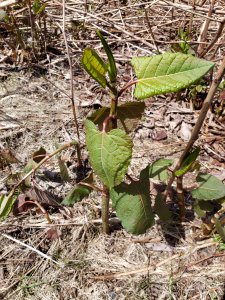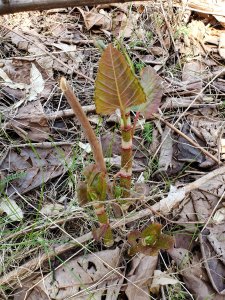At eattheplanet.org we have been eating weeds for a long time. Foraging for wild edibles can be a safe and fun way to strengthen our relationship with the natural world and each other. Eating weeds, in particular, is a great place for a novice forager to begin since weeds are abundant and somewhat familiar. Weeds or wildflowers, no matter which name you choose for them, these plants include some amazing wild edibles.
Whether you’re looking to discover edible weeds and plants that you can forage from home, or just looking for expert tips on how to forage and identify plants, this article will get you started on your journey!

The idea of eating weeds may sound a little odd to some people at first. Generally, we’ve been taught to consider weeds as a nuisance that grow in areas where they’re unwanted. Whether that’s in-between crops, pavements, or prized flower borders. The literal dictionary definition of a ‘weed’, is an unwanted plant that may compete with other cultivated plants, like garden flowers or crops.
Changing Perceptions
However, once we begin to learn their names, and discover their culinary possibilities, our perception of landscape weeds changes. They become a valuable source of nutrition and food, like a vegetable, and instead of ‘pesky weeds’, they become ‘ingredients’.
Weeds can be incredibly valuable, not just as a vital part of an ecosystem, but as wild edibles for us to enjoy. Over the years their value has often been lost, as the local plant knowledge of our ancestors faded, and mass-produced and imported farm crops took their place. Thankfully, as our preference for organic, local produce grows, more and more people are exploring the world of foraging and eating weeds.
In this article, you’ll discover tips on eating weeds safely, from identification and preparation, to 10 common weeds to get you started on your foraging journey!
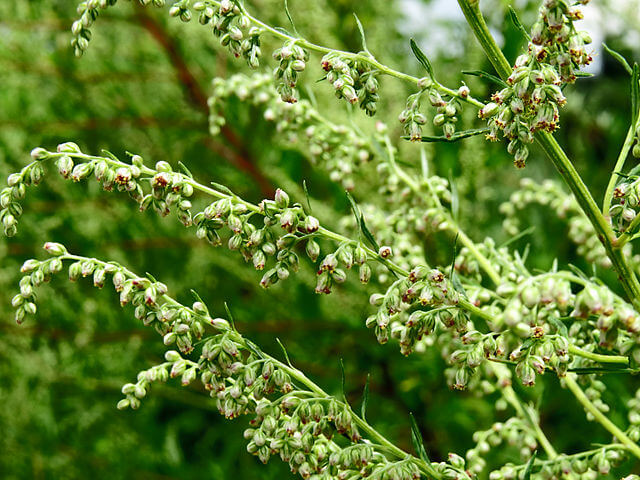
Safety Concerns When Eating Weeds
There are several primary safety concerns to consider when eating weeds and foraging for any wild edibles. These tips may often seem overly cautious, but ultimately they will keep you safe, and will help you to make good decisions when foraging. Safety is one of the most important factors to consider when consuming wild food or medicinals. So it’s best to never leave anything to chance, and if you’re not 100% sure, don’t pick or eat it.
Many people incorrectly assume all weeds are toxic, or inedible. If a dandelion pops up between rows of onions in your vegetable garden, you’re likely to whisk it away. But did you know the leaves are edible and work well in a salad? So many weeds are amazingly versatile ingredients, and eating weeds can be a rewarding and fun experience, but as with all foods, it’s important to understand what you’re eating.
Misidentification
Correct identification is the backbone of foraging. Misidentification could potentially lead to serious illness or even death. For inexperienced foragers, look-a-like plants are one of the main concerns to bear in mind. For example, you may be familiar with wild carrot and their umbels of white flowers, but you may not realize that poison hemlock looks somewhat similar, and can grow in the same environment. This can be alarming for novice foragers, but by carrying out careful identification and checking for look-a-likes, you will keep yourself safe.
We can easily wander into a supermarket and select a clearly labeled ginger root, or packet of blueberries. However, things change when we are foraging and collecting wild food for ourselves. Identifying purslane, or a patch of wild violet takes a bit of work, and it’s your responsibility to identify them correctly.
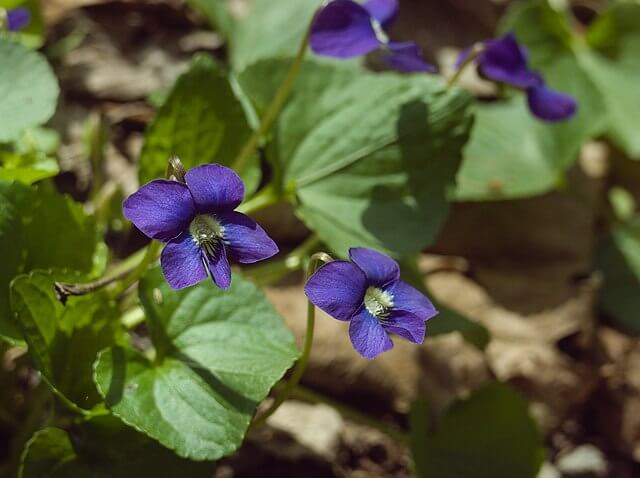
Weeds, like all plants, contain a unique blend of elements that can give them incredible flavor, or make them toxic. Plants can have different levels of chemicals at different stages of their growth cycle. From being sweeter and more appealing after a winter frost, to being too toxic as an older plant. So it’s also important to check when a plant is ripe for harvest.
Chemicals
As weeds are often considered a nuisance, they are frequently sprayed with chemicals and herbicides. Farmers will often treat their crop fields with chemicals that keep certain weeds at bay, so foraging around farmed fields is not generally recommended. It’s also important to note that eating weeds in urban areas such as commercial/industrial sites, roadsides, and city streets is not recommended, as they are heavily exposed to pollution. They are also more likely to have been sprayed with herbicides by city officials trying to keep sidewalks clear. Even city parks and residential properties may have been treated with insecticides/herbicides within the lawn etc.
Some plants also absorb and store pollutants, for example, Common Cattail. So it’s always best to forage for weeds in wild, rural areas, or your own backyard! Any area where pollution and chemicals are less likely to be.
Allergies and Sensitivities
As with any food, consideration should be taken when eating anything new. Many edible weeds and plants belong to a recognizable genus, such as Wild Garlic (Allium). So if you know that you have an intolerance to, for example, pecans (Carya illinoinensis), it is best to avoid other hickory nuts (Carya). As always, when eating weeds, nuts, and other wild plants, it’s best to correctly identify the plant with 100% accuracy, then test a small portion to ensure you have no allergies or sensitivities.
How to Identify Weeds Correctly
It’s important to be cautious when identifying and eating weeds, but don’t let it put you off trying. After a few foraging attempts you’ll begin to gain confidence and become familiar with examining different types of leaves etc. If you’re completely new to foraging and the idea of eating weeds, check out these steps which explain the identification process. It’s our go-to method for foraging!
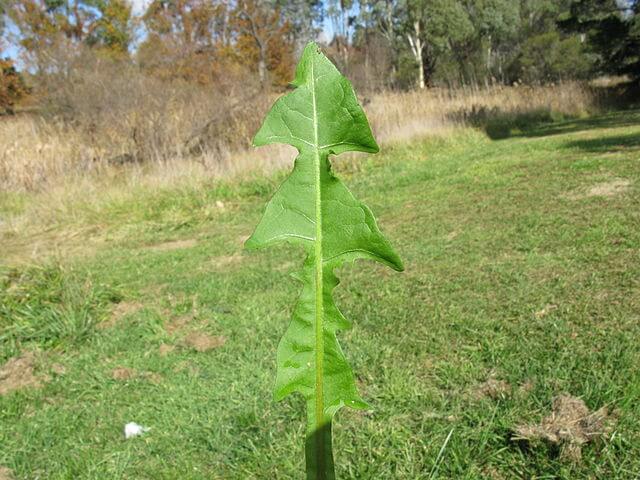
1. Choose A Plant To Focus On
Instead of setting out to create a salad full of wild weeds, set a goal to find just one plant to begin with. Whether it’s a weed that grows at the edge of your lawn or something that keeps popping up in your vegetable garden. Choose something that you can easily find, then practice identifying it with these steps. By choosing one initial plant to start with, you can focus your attention on one single species that you would like to find or forage. It gives you time to identify it correctly and safely. You may discover that the weed you have found is not edible, but by following these identification steps, you begin to develop your identification skills and confidence.
2. Learn 3 Unique Identification Features
Whether it’s leaf shape, habitat, or height. Begin to familiarize yourself with the different characteristics used to identify wild edibles.
3. Find Out If There Are Any Look-a-likes (and how to distinguish between them)
One of the most important factors to consider when eating weeds and foraging. Check plant guides for notes about similar-looking plants that may be toxic. Sometimes look-a-like plants belong to the same family and maybe edible too. But often, look-a-like plants may be very similar in appearance, but belong to a completely different plant family, and they could be highly toxic.
4. Confirm Your Identification With Photos or a Facebook Group
Contact a plant expert, consult a guide book or share your photos on a foraging Facebook group. Getting a second opinion is very important if you have any doubts or you’re not completely certain. Just keep in mind that advice from other foragers online may not always be correct; Especially if they are trying to help you identify a plant from only a few quick photos that you have posted online.
5. Log Your Findings
Once you have identified your own local supply, label your photos with details, like where you found the plant, and keep them within a folder on your computer or share them online.
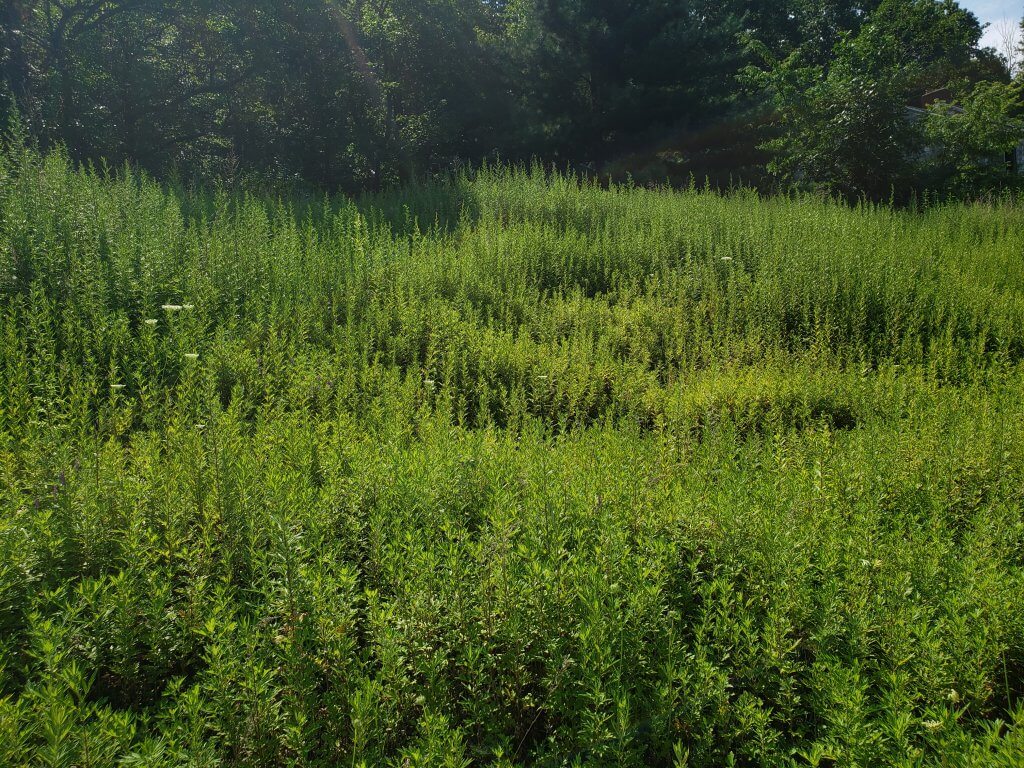
How to Eat Weeds
After a foraging expedition into the woods or across your lawn, the next step is preparation, and actually eating the weeds!
1. Correct Identification
Following the identification steps outlined above, make sure that you have 100%, correctly identified the plant, before proceeding with preparation.
2. Sample A Small Portion
After correct identification, it’s time to taste! As mentioned earlier in the article, it’s important to prepare, taste, and test a small sample to begin with. This is a precautionary measure to make sure that you don’t have an allergic reaction or sensitivity to the plant. Some plants may require cooking, peeling, or some form of other preparation before eating. So before testing, make sure to follow the needed preparation steps for whichever weed you have selected.
3. Wait… And Then Repeat Another Day
After testing a small sample, allow over 24 hours to pass before further preparation. The likelihood of having an adverse reaction, if any at all, is low, however this step ensures you aren’t allergic to the plant.
10 Weeds That Are Safe To Eat
To introduce you to the world of eating weeds, here are 10 common and easy-to-find weeds that you can forage! Each weed is common throughout the US, and may even be hiding within your lawn.
Dandelion
With their bright, golden flowers and fluffy seed heads, dandelions are a cheerful weed that is often overlooked. Young dandelion leaves can be cooked like spinach, the flowers can be steeped to create a tea, and the flower buds are very versatile. A great plant to get you started with eating weeds!
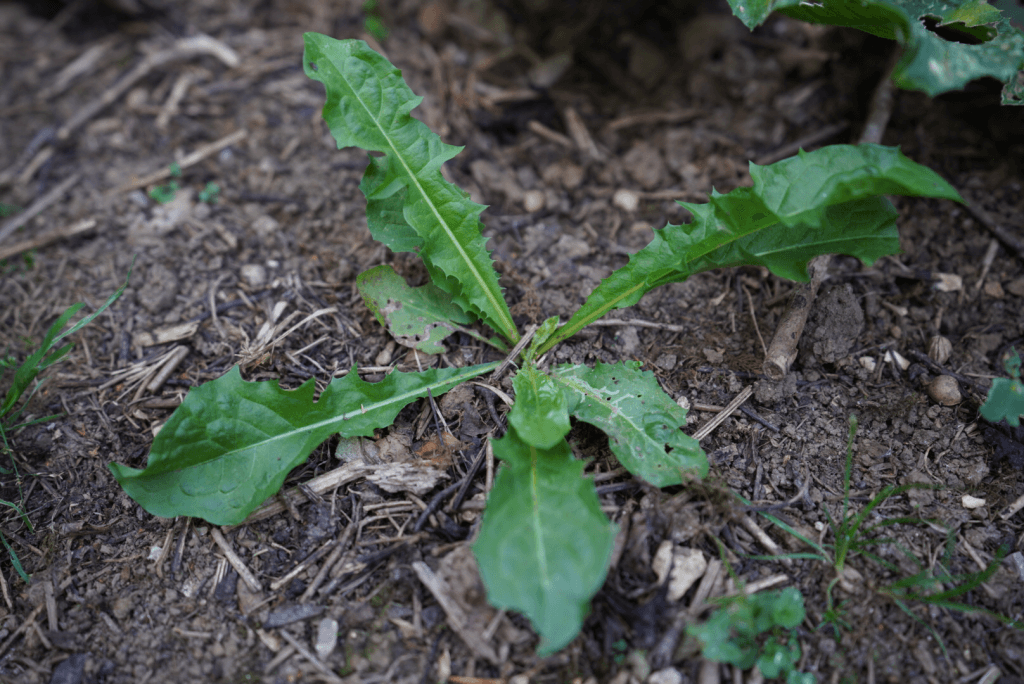
Clover
The subtle white or pink flowers of clover are often a common find in our lawns. The flowers are particularly tasty, especially when picked early on a sunny day.
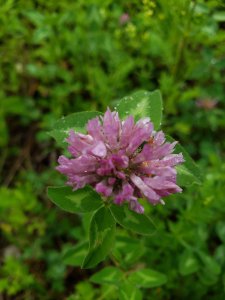
Mugwort
An age-old medicinal and culinary herb that might be growing at the bottom of your garden! The leaves, young spring shoots, and flower buds can all be eaten raw in salads or cooked.
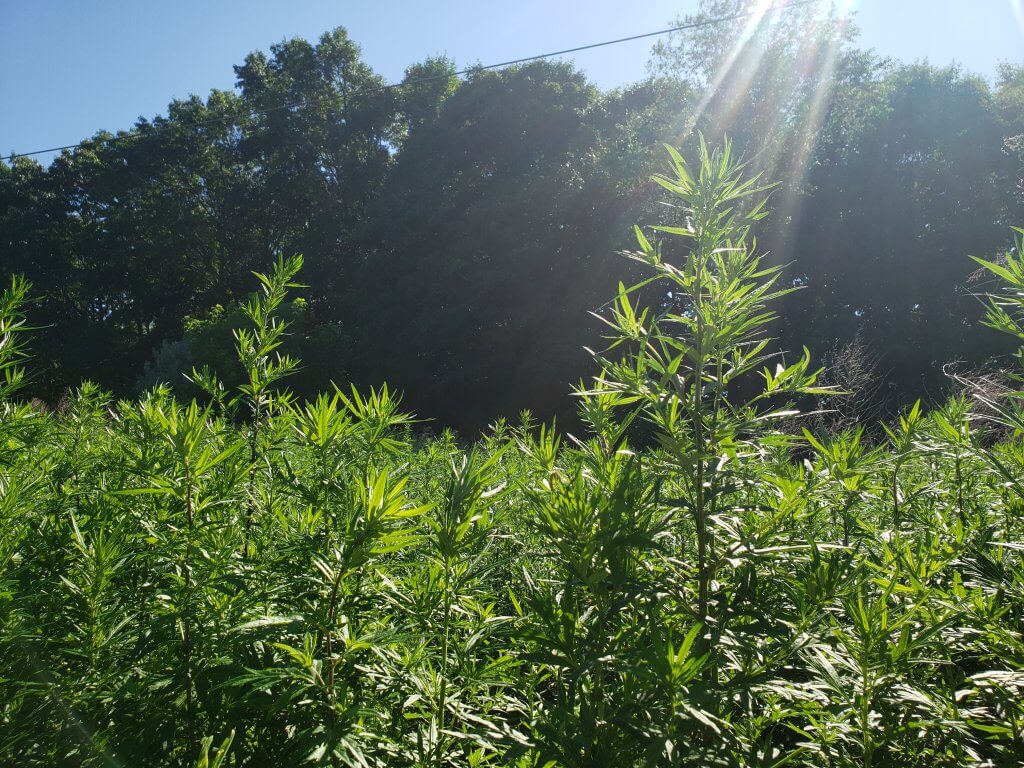
Wood Sorrel
With similarities to clover, wood sorrel can be found around lawn edges, but is most likely to be found in areas of woodland. The leaves are perfect for salads or just eating raw while out foraging, and often the roots and tubers can make a great starchy food source. It has a tasty and distinctive sour flavoring which may surprise you!
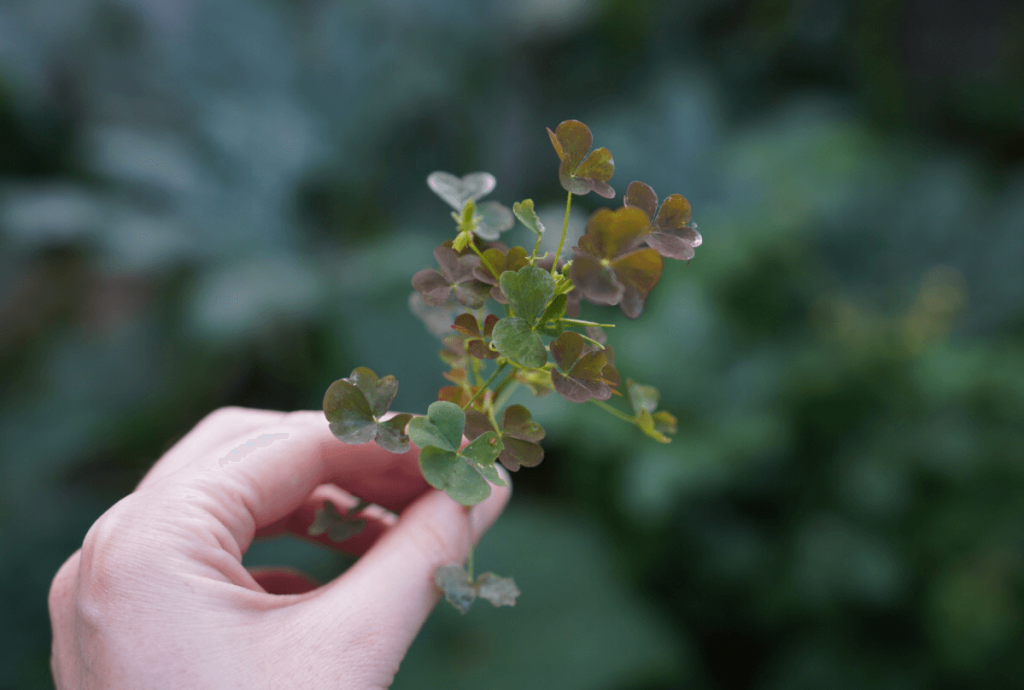
Purslane
Often found in-between cracks in driveways or in planting beds, the succulent leaves and buds make a great okra alternative. The seeds, stems, buds, and flowers are all edible and work well in soups and salads, they also have a high amount of omega-3 fatty acids!
Lambs Quarters
Quick to establish in areas of disturbed soil, Lambs Quarter can be identified by its silvery fine-haired leaves with wavy toothed edges. Harvest the young shoots and buds in Spring for a tasty alternative to spinach or kale.
Chickweed
With delicate, white, star-shaped flowers and broad, pointed leaves that make a great lettuce substitute. This common weed can generally be found throughout the year, but is particularly tasty in the Spring!
Bittercress
With a slightly misleading name, the taste of Bittercress is usually likened to broccoli rabe or cress with a hint of arugula. It’s a member of the mustard family, so has a slight peppery taste. Found in planting beds and lawns, you can collect the leaves year-round and eat them raw in salads or pesto.
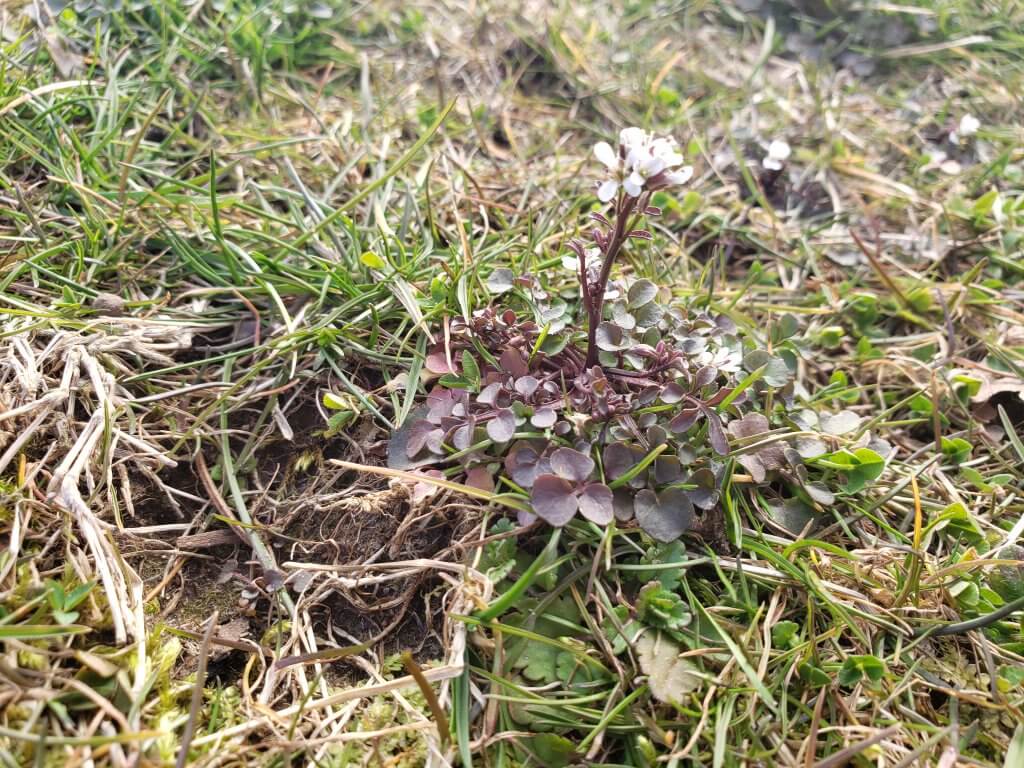
Japanese Knotweed
An invasive species, so foraging is always highly recommended! Tasty, and easy to identify, the young shoots of Japanese Knotweed can be harvested in early Spring. They’re quite tart, with a similar flavor to rhubarb, so could be used to make pies or jams.
Wild Violet
These tiny low growing plants have edible leaves and flowers. The purple flowers are perfect for adding into salads and even as a garnish for desserts! Look out for these delicate flowers in your lawn and planting beds.
Yard Plantain
A common find in lawns, the nutritious young leaves and starchy seed stalks can be eaten raw, or added into soups and salads.
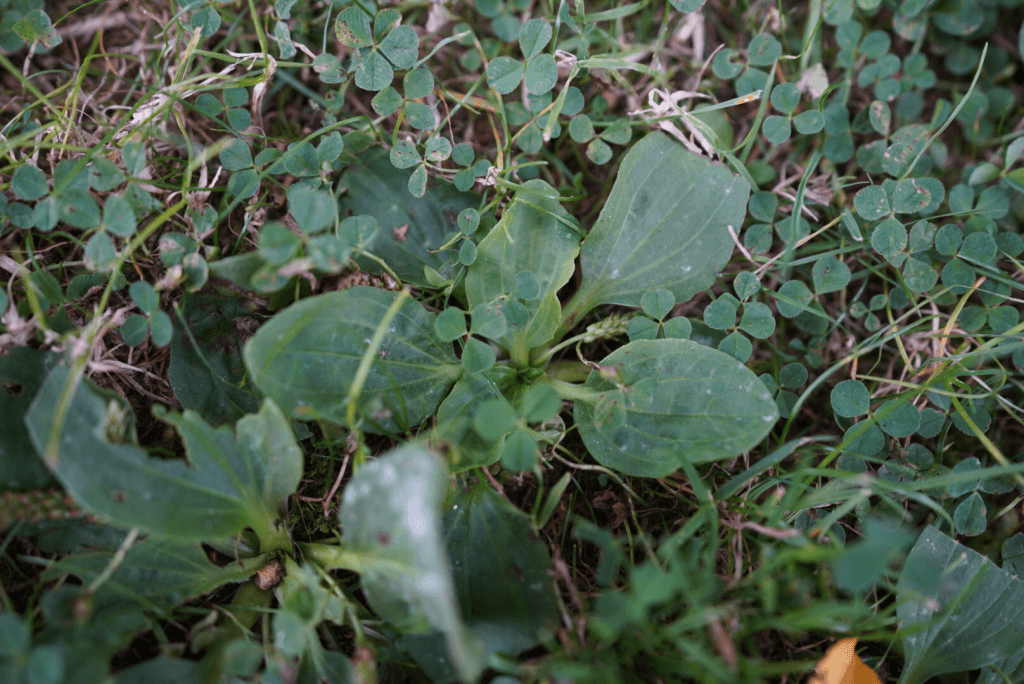
Eating Weeds Can Be Fun And Safe
As you begin to explore the fascinating world of foraging and eating weeds, start by focusing on a few plants and build your knowledge from there. Find a recipe that you can incorporate them into. Whether you add dandelion leaves into a salad, place violet flowers on a cupcake, or blend up some homemade pesto with bittercress for a tasty pasta sauce. As your confidence develops you can add new plants to your foraging list each season.
Wild edibles are often highly nutritious and organic too! So as long as you identify with caution, eating weeds is an amazing way to stay connected to the natural world.
—————Written by Hannah Sweet
Hannah is a freelance writer and graphic designer from the UK. With a penchant for travelling, photography and all things botanical, she enjoys writing about a wealth of topics and issues, from conservation and slow living, to design and travel. Learn more about her writing and design services at www.sweetmeanders.co
Many of our readers find that subscribing to Eat The Planet is the best way to make sure they don't miss any of our valuable information about wild edibles.
See our privacy policy for more information about ads on this site

